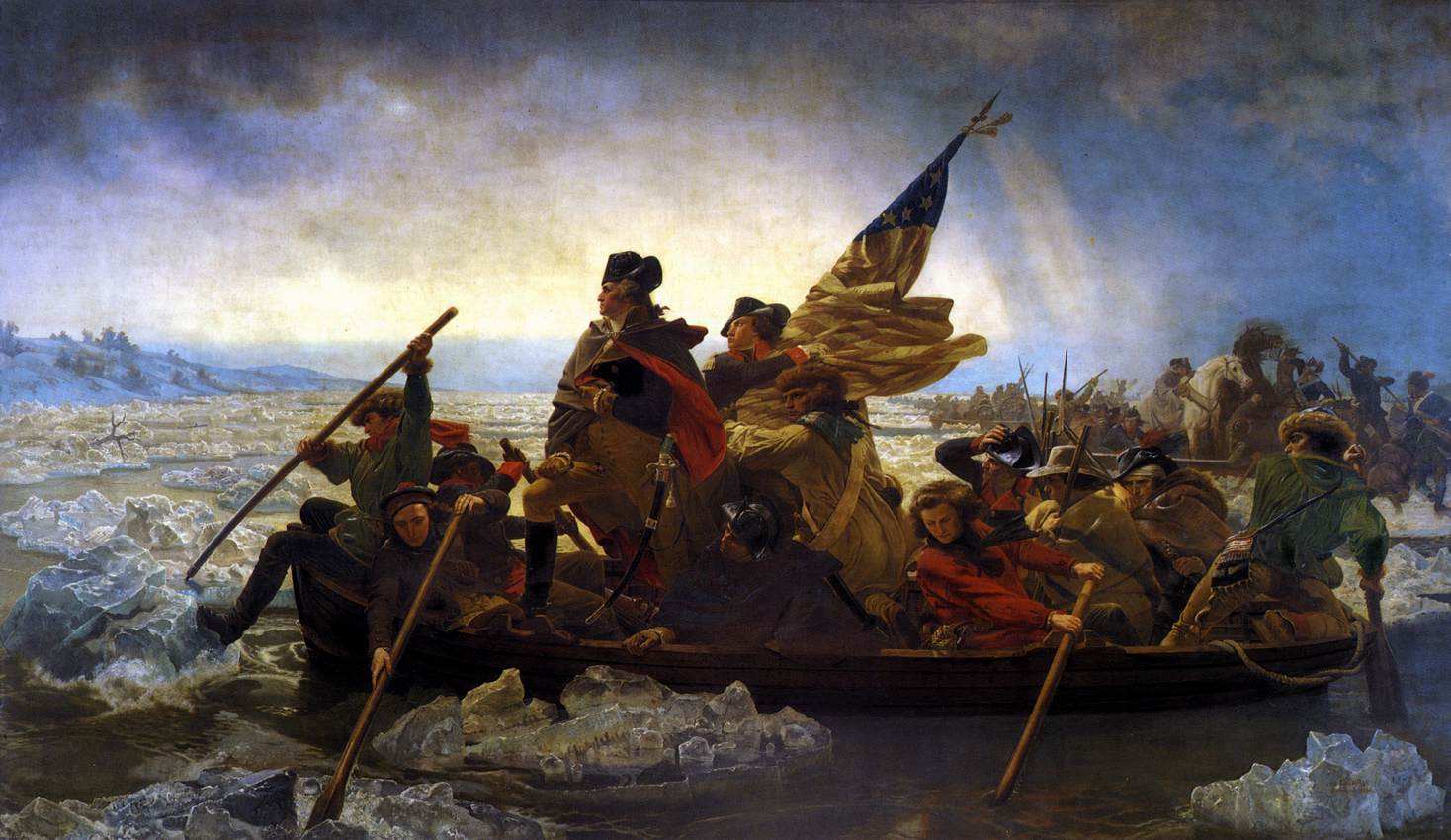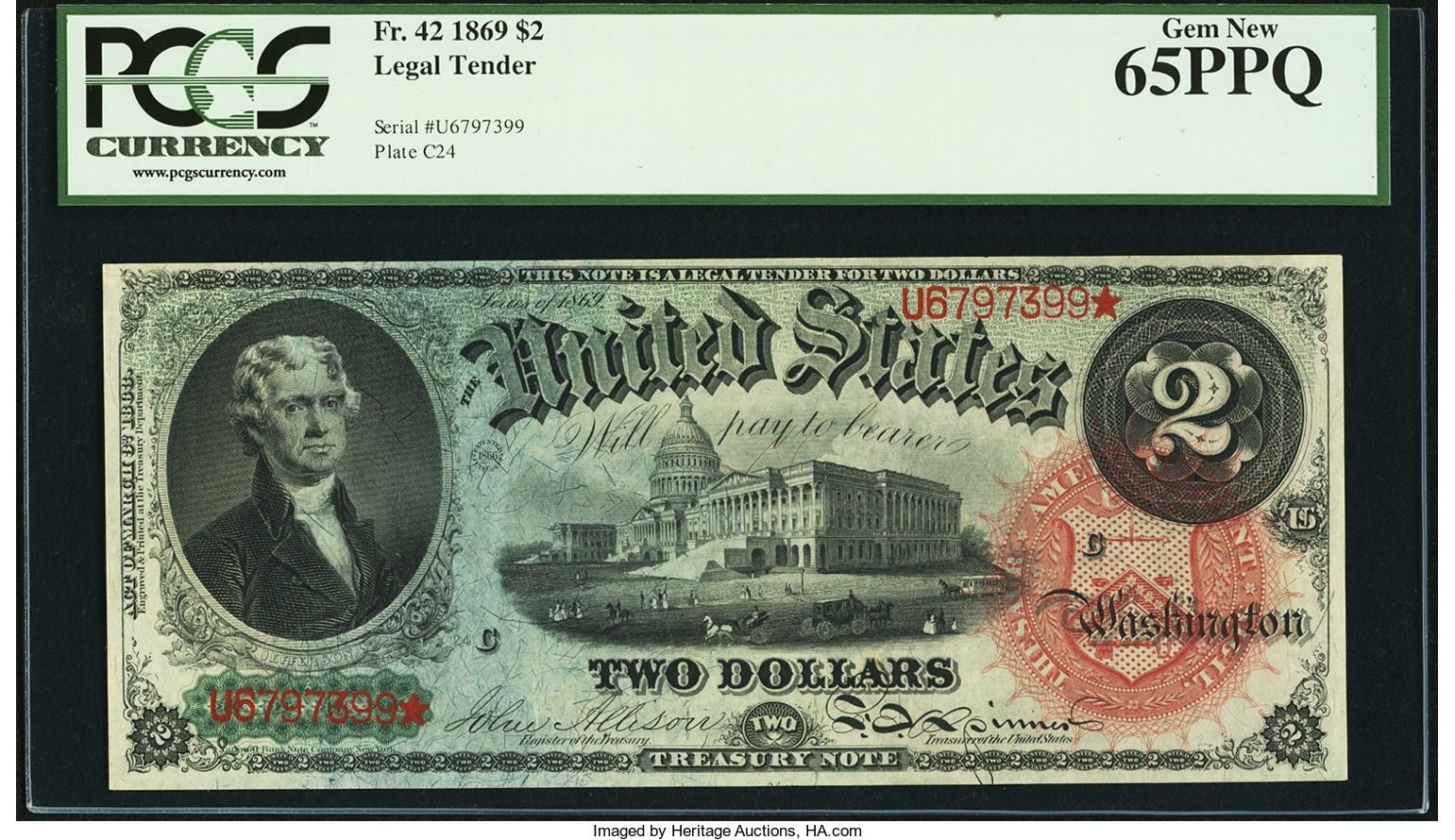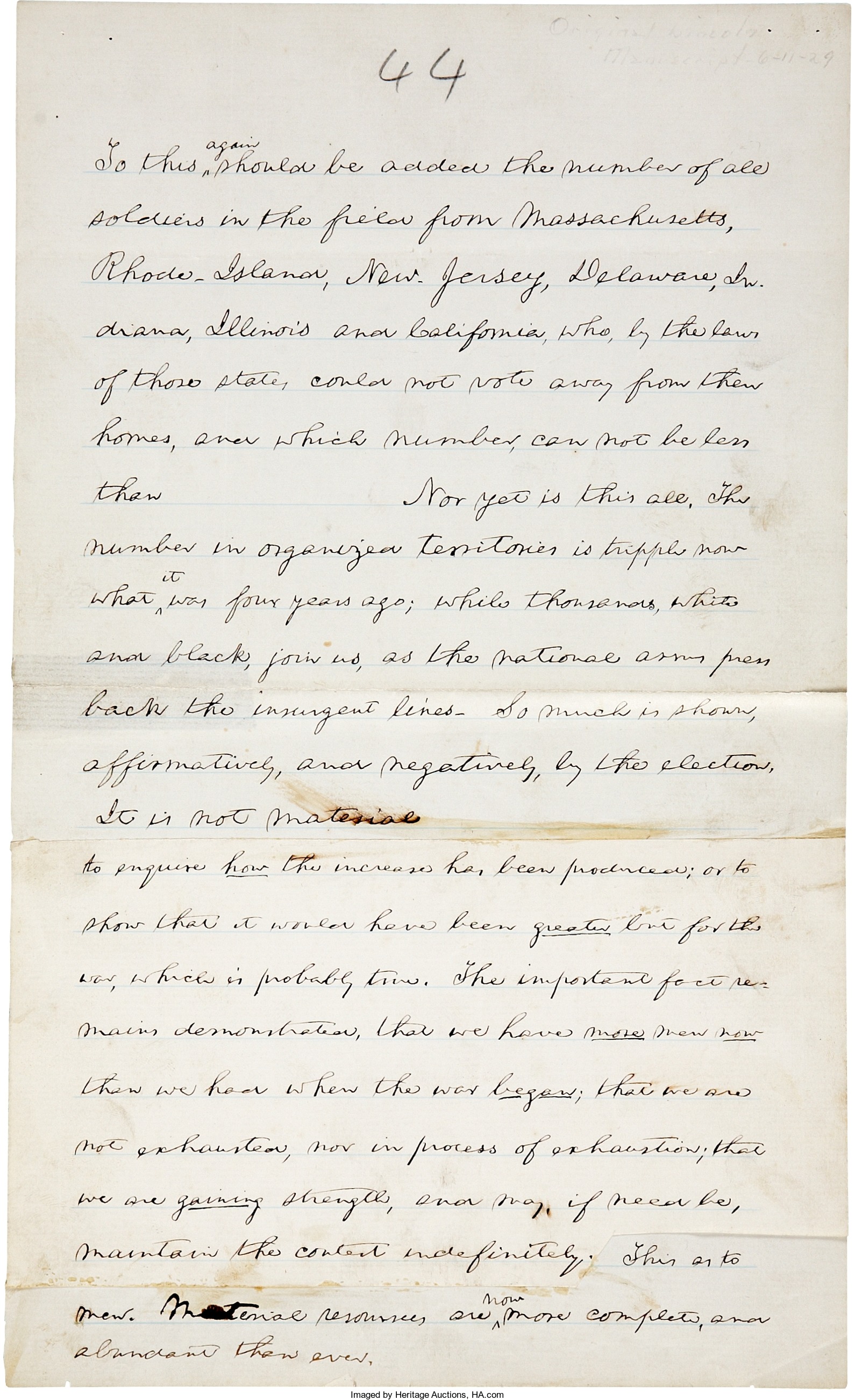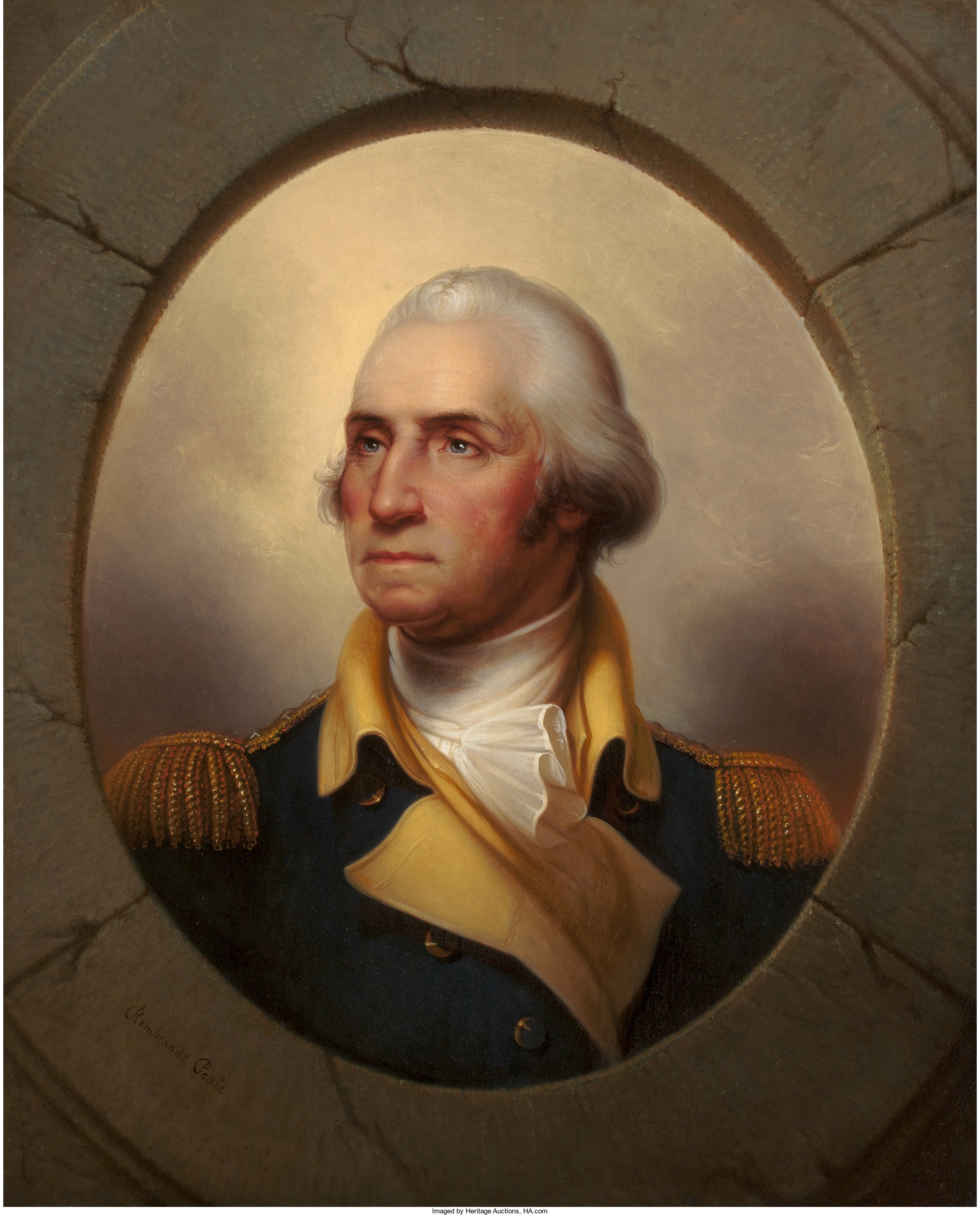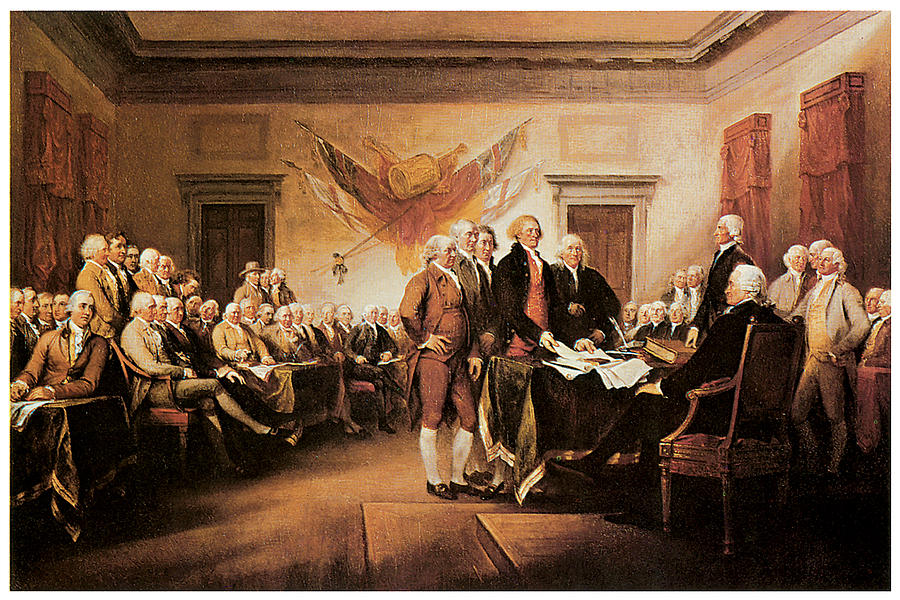
By Jim O’Neal
“If everyone here was a Gerry, the Liberties of America would be safe against the Gates of Earth and Hell.” – John Adams, July 15, 1776, letter to James Warren, the Second Continental Congress
Adams was praising Elbridge Gerry. Anytime the delegates from the middle colonies started to waver over the issue of independence, Gerry was there to persuade them that such a provocative action was needed to secure the future of America.
Elbridge Thomas Gerry was only 12 years younger than George Washington and was admitted to Harvard College at age 13. He earned B.A. and M.A. degrees. He then divided his time between the family garment business and both state and federal governance.
Gerry served in the U.S. House of Representatives during the first and second Congresses (1789-1793). Earlier, after being elected to the Second Continental Congress, he signed the Articles of Confederation and the Declaration of Independence, but was one of three men – in addition to George Mason and Edmund Randolph – who refused to ratify the U.S. Constitution. Gerry was stubbornly adamant that it should include a Bill of Rights to provide protection to individuals.
History proved him correct and our current Bill of Rights is foundational for many of the freedoms we now take for granted.
Then as governor of Massachusetts (1810-12), he approved a redistricting plan that ensured Democratic-Republican domination of the state. The shape of one of the new districts resembled that of a salamander, prompting Benjamin Russell, editor of the Boston Gazette, to coin the term “gerrymander.” This has entered our political lexicon to signify redistricting for political advantage.
Thomas Jefferson had been elected president in 1800 and again in 1804. Aaron Burr was VP during his first term and George Clinton (the first governor of New York) served as VP in the second term, 1805-09. Clinton was also elected VP in 1808 with James Madison and thus became the first VP to serve two presidents (John Calhoun would later match this feat). However, Clinton died on April 20, 1812, before the election and there was no provision to replace him.
When James Madison was nominated for his second term in 1812, the Democratic-Republican party selected the old reliable Elbridge Gerry to be his running mate (after John Langdon declined). They were both elected, however Gerry died in November 1814 after serving only about 21 months.
Thus James Madison earned the dubious distinction of being the only president to have two vice presidents die in office. No one particularly cared due to the nature of the job and its insignificance.
Elbridge Gerry was buried in the Congressional Cemetery in Washington, D.C. He is the only signer of the Declaration of Independence to be buried in the nation’s capital. He had married a much younger woman – Ann Thompson (James Monroe was best man) – and she holds the distinction of being the last surviving widow of any signer of the Declaration.
Today, gerrymandering has become an art form and voting districts are sliced and diced by ZIP code to create discrete groups of like-minded voters. Political junkies are in broad agreement that this results in major advantages to incumbent officeholders and significantly limits challengers from opposing parties.
Despite Mr. Gerry’s name now only remembered as a tactical political activity, a few avid paper-money fans (including moi) know that Elbridge Gerry is included in John Trumbull’s famous painting The Declaration of Independence that adorns the reverse of the current $2 bill (1976-), with Thomas Jefferson on the obverse. There are several earlier $2 bills with both Hamilton and Jefferson, as well as a National Bank note known as a “Lazy Deuce” due to an odd design.
The Trumbull painting is sometimes confused with the signing of the Declaration when in fact it depicts the five-man drafting committee presenting it to Congress on June 28, 1776. Oddly, there are only 42 of the 56 attendees depicted. But Elbridge Gerry is there for sure.
Now you know.
P.S. One theory is that John Trumbull could not get good resemblances of the 14 missing attendees. Good enough for me.
 Intelligent Collector blogger JIM O’NEAL is an avid collector and history buff. He is President and CEO of Frito-Lay International [retired] and earlier served as Chairman and CEO of PepsiCo Restaurants International [KFC Pizza Hut and Taco Bell].
Intelligent Collector blogger JIM O’NEAL is an avid collector and history buff. He is President and CEO of Frito-Lay International [retired] and earlier served as Chairman and CEO of PepsiCo Restaurants International [KFC Pizza Hut and Taco Bell].

